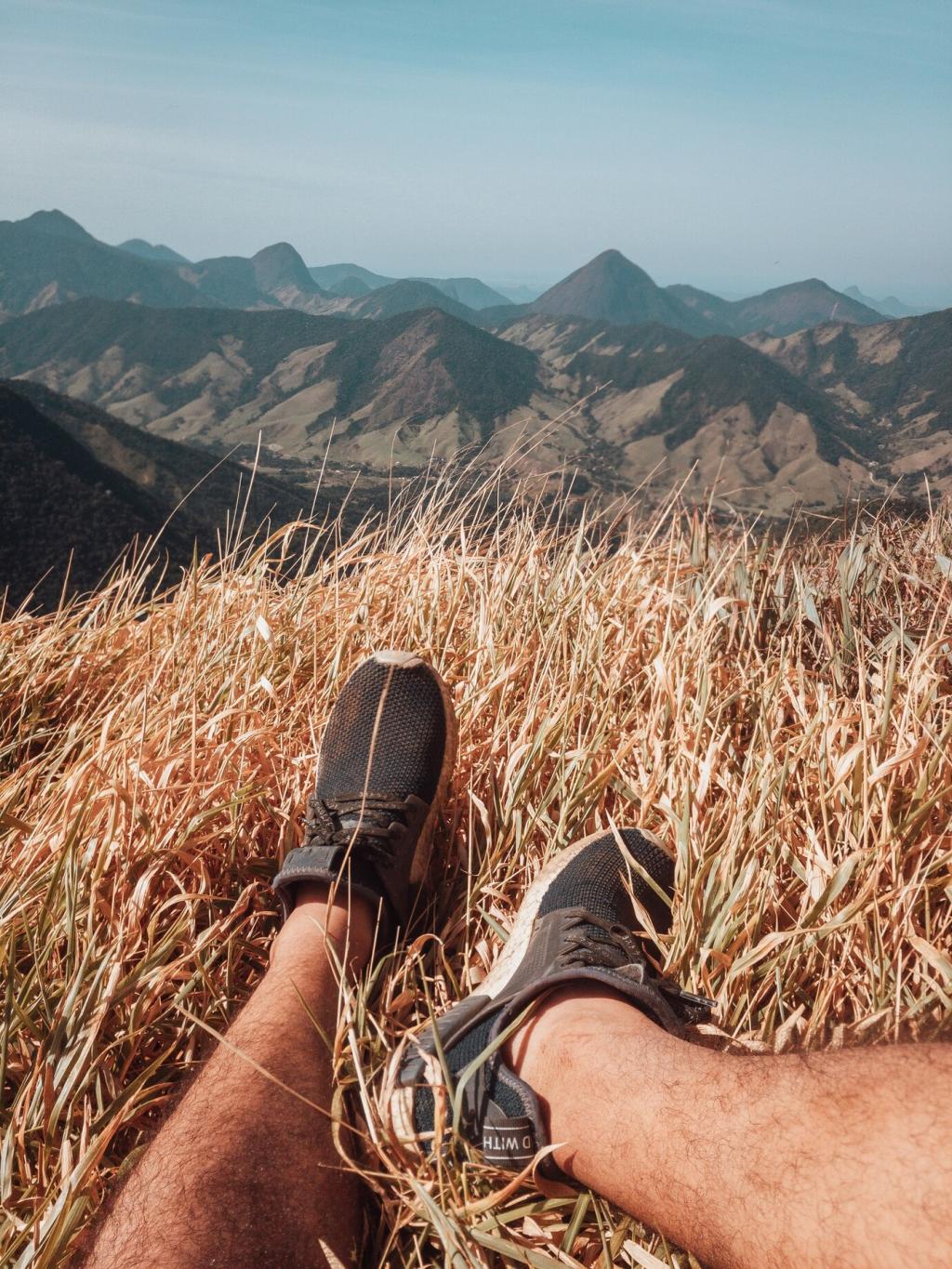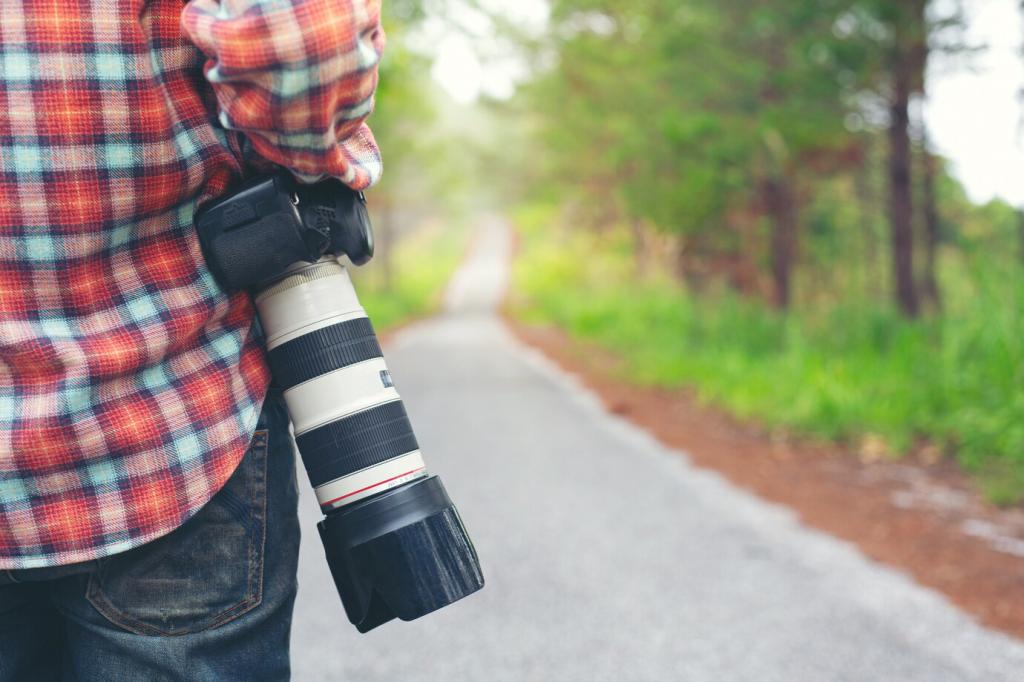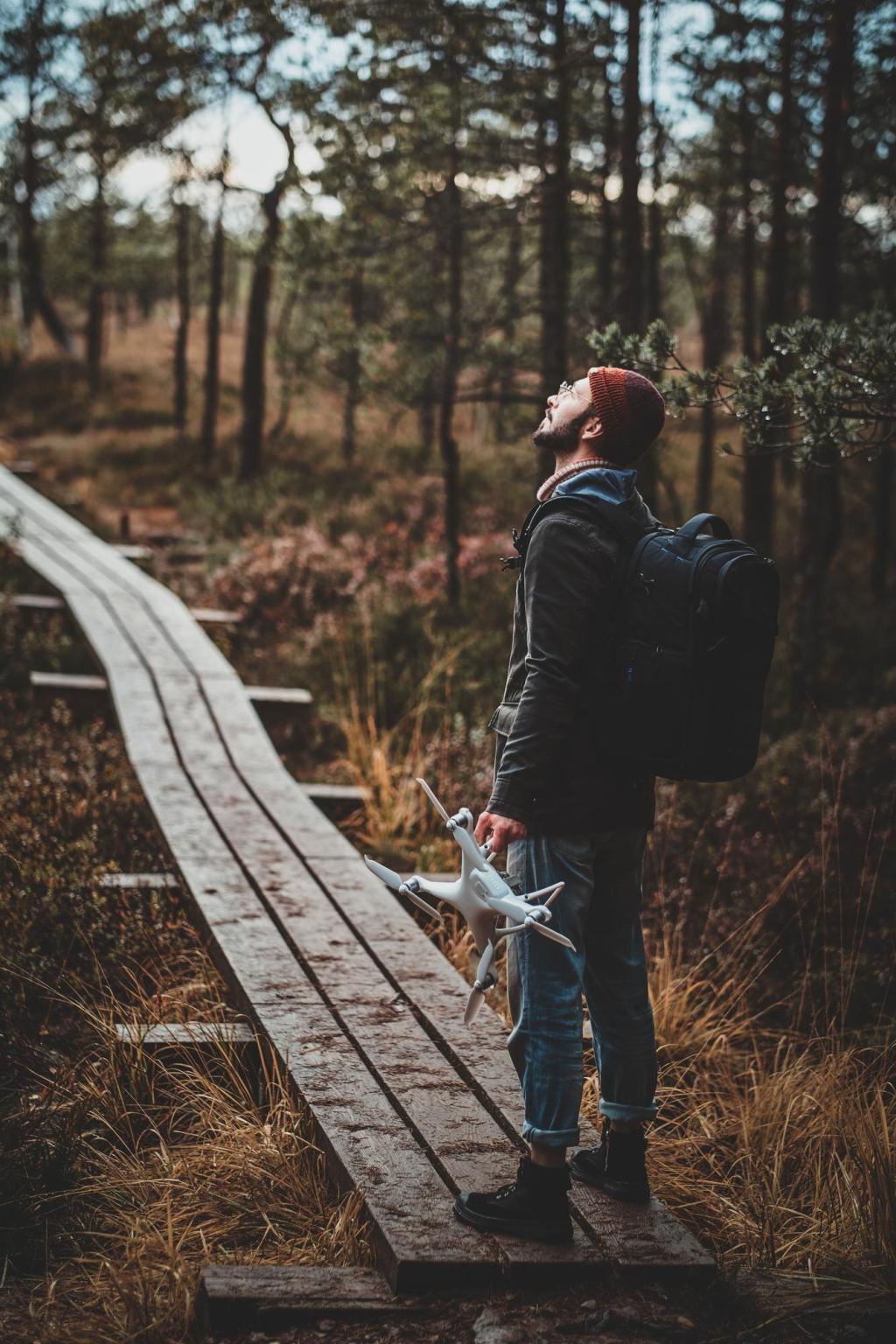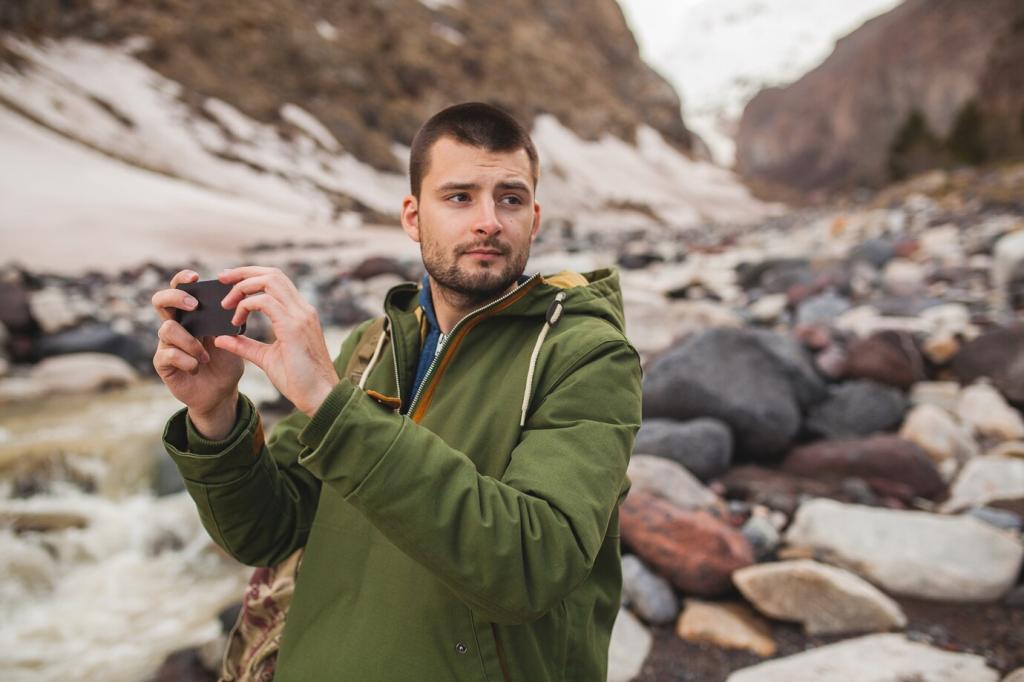Essential Gear and Settings for Waterfall Mastery
A 6-stop ND often lands silky motion around half a second in shade; a 10-stop handles bright midday. Carry circular polarizers to cut glare and reveal submerged stones.
Essential Gear and Settings for Waterfall Mastery
Extend thicker leg sections first, wedge feet between rocks, and hook your bag for ballast. Use a remote or timer to prevent shake, especially during multi-second exposures near spray.
Essential Gear and Settings for Waterfall Mastery
Water wins quickly. Pack a waterproof cover, several microfiber cloths, and zip pouches with silica gel. Rotate damp cloths constantly, and keep your rear element scrupulously clean.





